Velour is a fabric with a soft pile finish on the front side. The material for production can be different, as well as the manufacturing technology. The fabrics look exquisite, but are practical, which is why they have gained their popularity. In more detail, how velour fabric is made, what it is, types of textures, below.
- What is velour
- Manufacturing
- Velor: composition and varieties
- Classification by appearance
- Types of material and its application
- What is sewn from velour?
- How to care for the material
- The difference between velour fabric, suede and velvet
- Advantages and disadvantages of suede
- Differences between artificial and natural
- Reviews
What is velour
Many people are interested in what kind of material velour is. Velour is not one fabric, but a name that unites several types. What these materials have in common is a fleecy surface and a dense structure. Velour fabric is soft and velvety to the touch.

In general, this material is a replacement for the more expensive velvet. Velvet has always been very expensive, so velour was invented in the East. But even it was so expensive that only aristocrats could afford it.
It is worth clarifying what velour looks like. It looks like velvet, but its pile is longer. This is achieved through a production technique that differs from velvet. On the surface of the fabric, the texture may contain either whole loops or cut ones.
Important! Natural and synthetic fibers can be used in production. Fabric with synthetic fiber is more durable, wear-resistant, and retains its appearance and properties longer.
Manufacturing
There are two ways to make it - single- and double-sided. The first option uses a twig that is inserted under the threads. With its help, loops are obtained, which can be cut or left whole at the end.
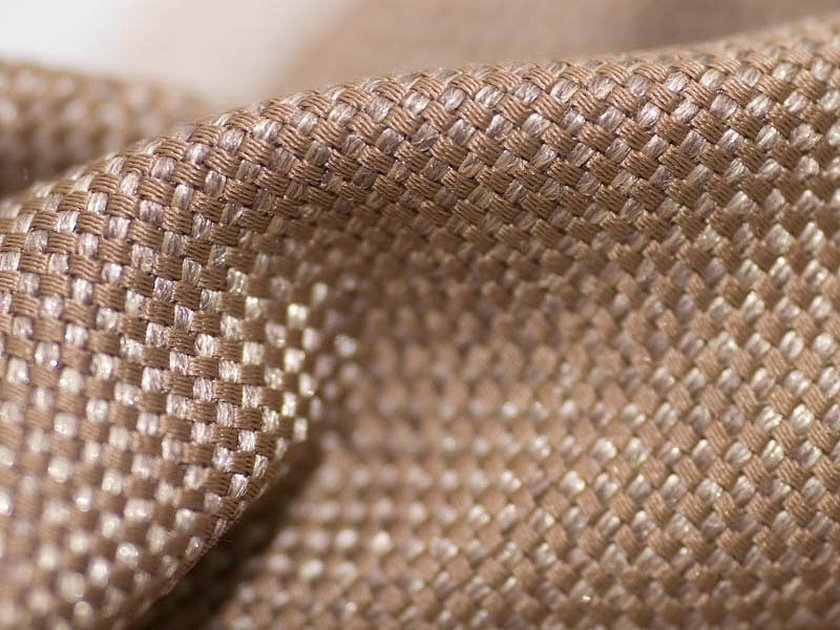
In a two-piece weave, there is a pair of main threads. This method produces two pieces of fabric connected by a thread that is later cut.
For your information! Not only velour material is made, but also velour threads. They are also called chenille. They are often used in handicrafts. In the middle of such a bundle there is a single-twist thread, to which the villi are attached.
Some types of knitwear are also classified as velour. Velour knitwear is made using the plush method - interlacing loops with a drawstring.
Velor: composition and varieties
The material is made from different raw materials - cotton, leather, synthetics, etc. The composition of the velour fabric determines its properties.
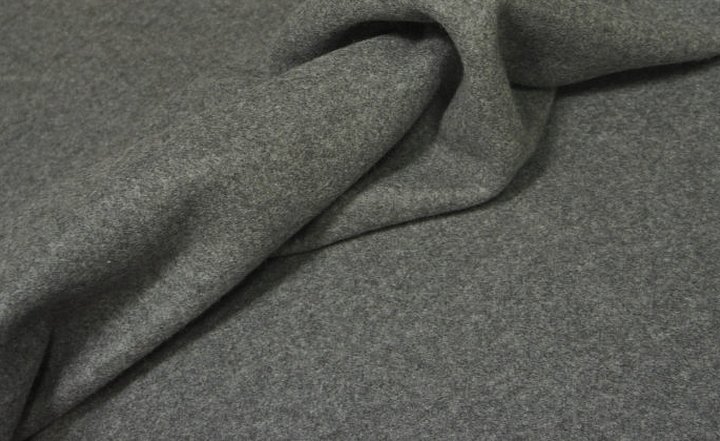
Types of fabric by composition:
- woolen - made from wool;
- drape-velour is a higher quality fabric, made from the wool of a special type of sheep;
- natural - also called leather;
- cotton - made from cotton, the most natural fabric;
- artificial - also called synthetic.
Classification by appearance
As already noted, velour is a general name for several types of fabrics. This means that they will also differ in their appearance.

What velour fabric might look like:
- smooth has a uniform surface and vertical pile;
- shaped - the surface is smoothed and uneven in places;
- embossed (split leather) - designs and patterns are laid out from smoothed pile;
- plain dyed - the pile is dyed in places in different colors;
- with a printed pattern.
Types of material and its application
Fur velour is made using a special grinding process. This fabric retains heat longer, is soft and beautiful. It is used mainly in winter clothing - sheepskin coats, gloves, hats, shoes (lining).

Cotton is the most common type. The fabric is soft and pleasant to the touch, strong. It is often used to sew clothes for children, as well as sports suits, as it is very comfortable. Cotton is used to make knitwear.
Please note! Velour terry (a type of cotton) is a raw material for towels, sheets and robes.
During the production of woolen fabric, the yarn is not combed out. It turns out fluffy and airy. The pile of the woolen type is thick. It is used in sewing warm clothes and headwear.
Leather is a natural velour, which is often confused with suede. But the differences are significant. It is made from leather with "flaws" on the front side. Then it is turned inside out, and all the flaws of the fabric are inside the product. It is used in the production of shoes and gloves.
What is sewn from velour?
Velour fabric is mainly used in sewing clothes. Items are made for both children and adults.
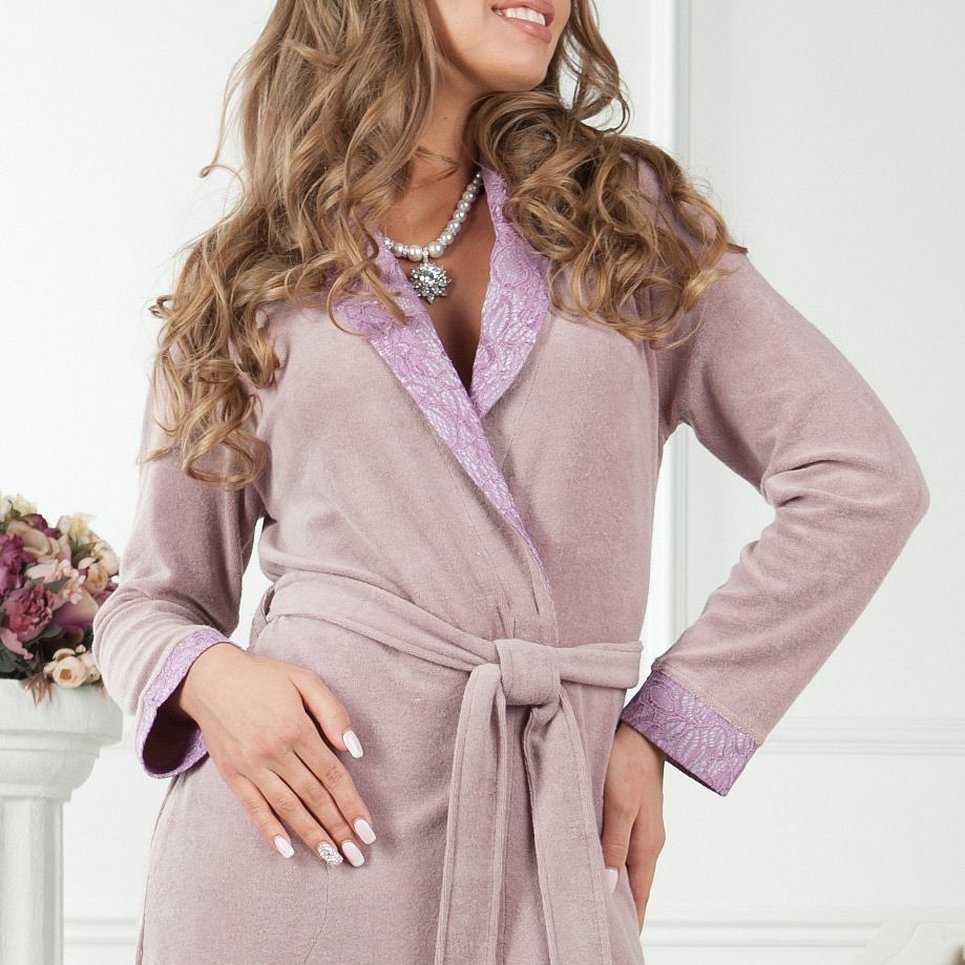
The following products are mainly sewn from velour:
- dresses;
- skirts;
- blouses;
- robes;
- costumes;
- coat;
- sweaters;
- hats, etc.
Sometimes it is used to make lining for jackets and coats. I sew bed linen from jacquard velour. This material is often used to sew car covers.
Velour is used as a decorative fabric:
- curtains, drapes and draperies;
- furniture finishing (microvelour);
- bedspreads for sofas, pillows;
How to care for the material
This fabric requires special care. In order for it to look presentable and high-quality for as long as possible, you should follow several rules in washing and storing, then velour items will last a long time.
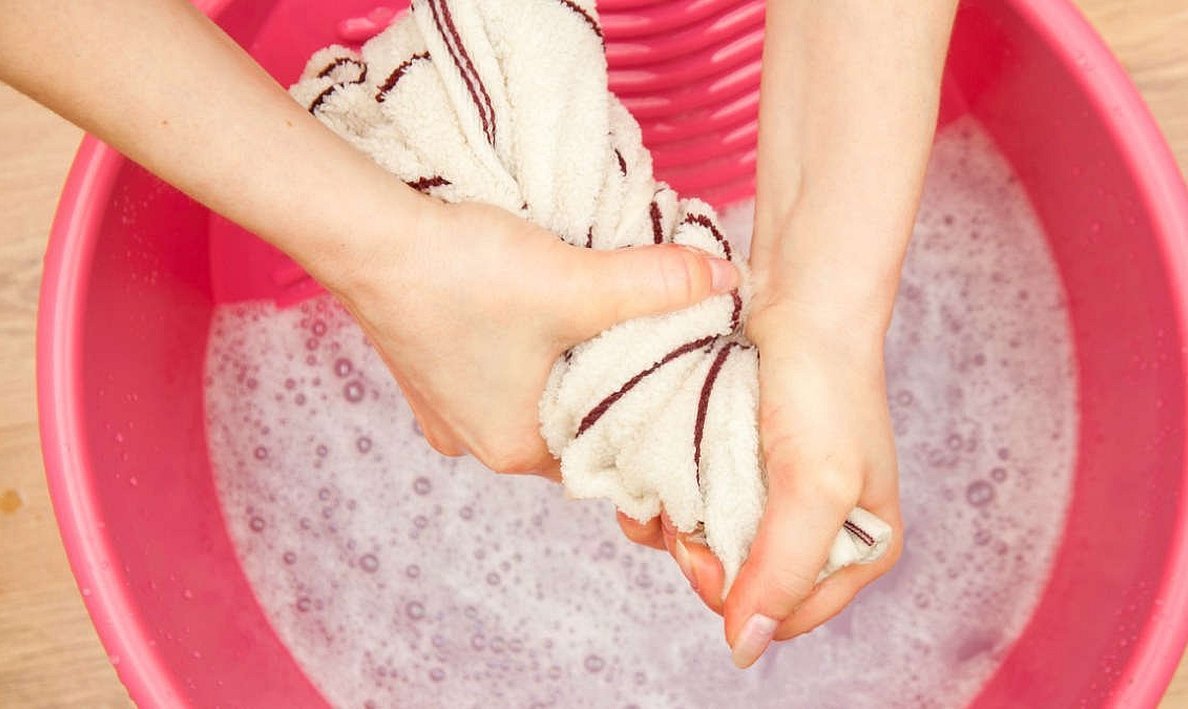
Rules for caring for velour:
- the water temperature should not be higher than 40°C;
- if you use a washing machine, use only a delicate cycle;
- It is not recommended to use spin in the washing machine, you can do it by hand and not too hard, but it is better to let the water drain on its own;
- use mild detergents;
- remove creases by steaming;
- do not iron;
- store in covers;
- light stains can be removed with a damp cloth;
- Woolen material can only be cleaned with a brush.
The difference between velour fabric, suede and velvet
Natural (leather) velour is sometimes confused with suede. They look similar, but there are a number of differences that help you understand what kind of fabric it is. Velour has a one-sided pile, the pile is crushed when exposed to impact, the material lets moisture through, and the color on the canvas is uniform. Suede, in turn, is waterproof, is processed on both sides, has a pile that does not crush, and an uneven color.
Velvet is also similar in appearance to velour. Differences:
- the raw material for velvet is silk, which is not available in the production of velour fabric;
- the villi are shorter and stiffer;
- costs much more.
Advantages and disadvantages of suede
Suede is so similar to velour that they are even confused. What are the pros and cons of this fabric?

Advantages of suede:
- the products look expensive and attract people's attention;
- easy to combine with clothes made of other materials;
- the scuffs on it are practically invisible.
Disadvantages of suede:
- requires special care;
- quickly absorbs water along with all impurities;
- difficult to get rid of dirt;
- With each cleaning some of the villi are lost.
Please note! In terms of care, this material is in many ways inferior to velour. Suede deteriorates much faster, especially if you do not monitor its condition.
Differences between artificial and natural
The naturalness of a velour fabric product can be distinguished by its base. The threads on the back indicate whether the material is natural and how much synthetics it contains.
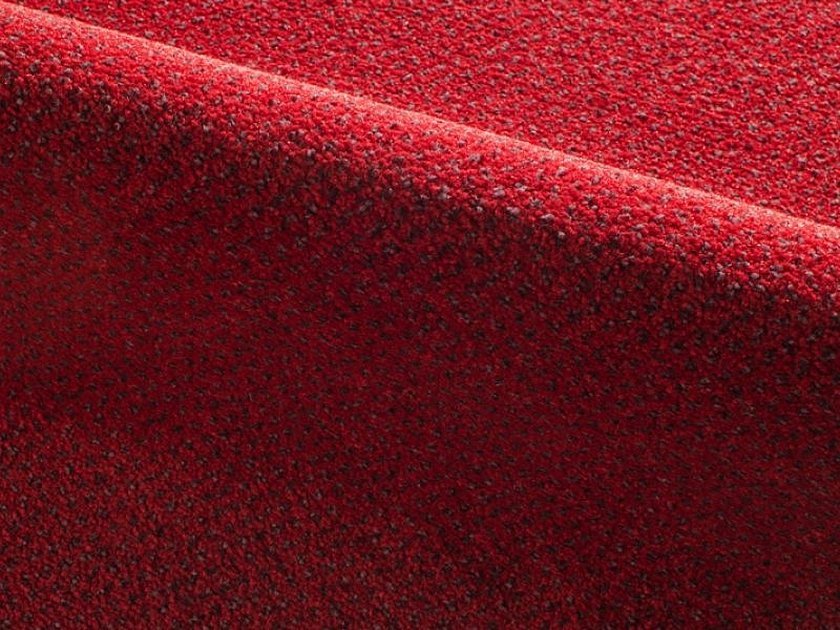
Fur can be distinguished from its artificial counterpart by several features:
- the base will be fabric;
- the pile is not crushed and shiny;
- when trying to form into a tight package or bend, creases remain on the product;
- the material does not breathe.
Natural fabric will be of much higher quality than artificial. Velour made from natural raw materials is a comfortable, breathable material. And it looks much better than from synthetic threads.
Reviews
There are mostly positive reviews about velour on the Internet:
Maria, 25 years old, Moscow
"We made the sofa upholstery out of velour. It's better not to use it with children because it gets dirty quickly. But it looks very nice visually."
Inna, 45 years old, Kazan
"I often buy clothes made of velour. It's very comfortable and looks unusual. The looks with such things always turn out luxurious."
Even those who do not know how to write, velour or vilour, will like the material very much. It has many advantages, and the disadvantages are corrected by proper care.




